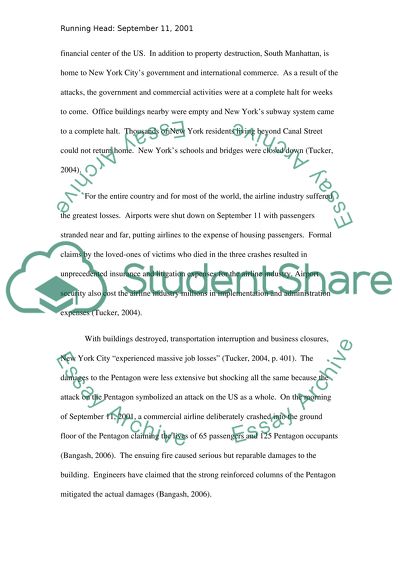Cite this document
(“September 11, 2001 Attacks Research Paper Example | Topics and Well Written Essays - 2000 words”, n.d.)
Retrieved from https://studentshare.org/history/1433093-septembet
Retrieved from https://studentshare.org/history/1433093-septembet
(September 11, 2001 Attacks Research Paper Example | Topics and Well Written Essays - 2000 Words)
https://studentshare.org/history/1433093-septembet.
https://studentshare.org/history/1433093-septembet.
“September 11, 2001 Attacks Research Paper Example | Topics and Well Written Essays - 2000 Words”, n.d. https://studentshare.org/history/1433093-septembet.


